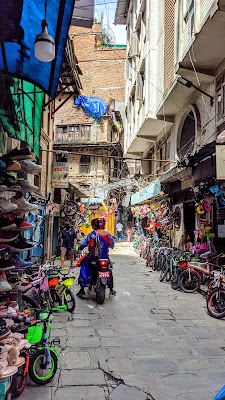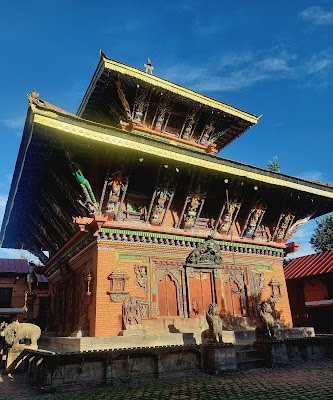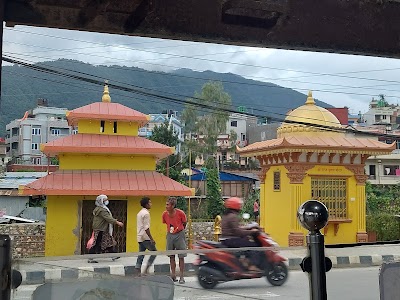Patan Durbar Square (पाटन दरबार क्षेत्र)
Overview
Patan Durbar Square, nestled in the heart of Lalitpur within the Kathmandu Valley, Nepal, is a captivating historical marvel that beckons travelers with its grandeur. This UNESCO World Heritage Site is renowned for its distinctive Newari architectural style and holds profound cultural and historical significance, making it a must-visit destination for anyone exploring the region.
Architectural Splendor
The square is a stunning ensemble of courtyards, temples, statues, and palaces, predominantly centered around the royal palace of the Malla Kings. Its construction dates back to the 3rd century, with significant renovations and expansions carried out during the reign of King Siddhi Narsingh Malla in the 17th century. The iconic architecture reflects the exceptional craftsmanship of Newari artisans, featuring intricately carved wooden windows and doors, stupas, and pagoda-style temples, each corner inviting admiration for the skill and dedication embedded in their creation.
Krishna Mandir and Other Highlights
Among the many highlights of Patan Durbar Square is the Krishna Mandir, a magnificent stone temple built by King Siddhi Narsingh Malla in 1637. This revered temple is celebrated for its stunning stone carvings that vividly depict scenes from the Mahabharata and Ramayana, making it a focal point for Hindu worship. Other notable structures include the Bhimsen Temple, dedicated to the god of trade and business; the Vishwanath Temple, devoted to Lord Shiva and guarded by two majestic stone elephants; and the Taleju Bhawani Temple, symbolizing spiritual protection and strength.
Patan Museum and Cultural Richness
Enhancing the experience of Patan Durbar Square is the Patan Museum, housed in the renovated royal palace. This museum showcases an impressive collection of traditional sacred art, bronze sculptures, and various artifacts that narrate Nepal's rich history and diverse religious practices. It provides visitors with a deeper understanding of the cultural tapestry that has shaped the region over centuries.
Restoration and Resilience
Despite facing significant damage from the 2015 earthquake, Patan Durbar Square has demonstrated remarkable resilience. Restoration efforts spearheaded by local and international organizations have successfully preserved the site, with craftsmen meticulously restoring damaged structures using traditional materials and techniques to maintain authenticity. This dedication ensures that future generations can appreciate the beauty and history of this remarkable site.
Visiting Patan Durbar Square offers an immersive journey into the historical and artistic heritage of Nepal. The square exemplifies the cultural and spiritual heart of the country, providing a serene window into the past. With its enchanting blend of art, culture, and history, Patan Durbar Square presents a timeless reflection of the rich heritage of the Kathmandu Valley, inviting exploration and appreciation from all who wander through its storied grounds.









